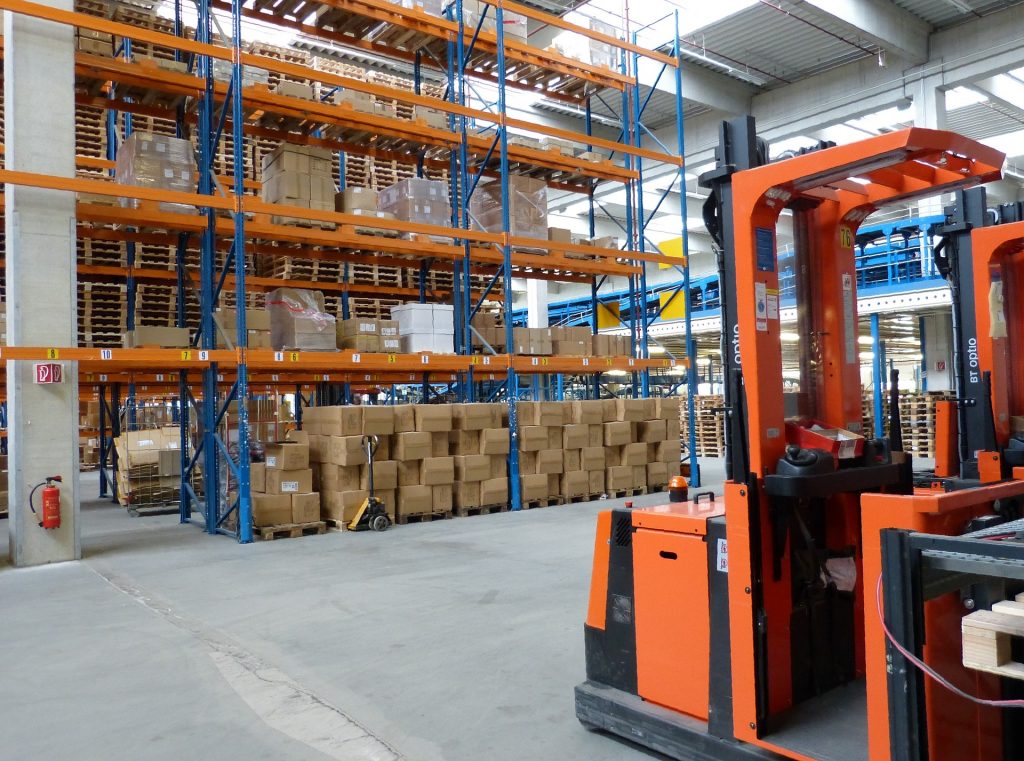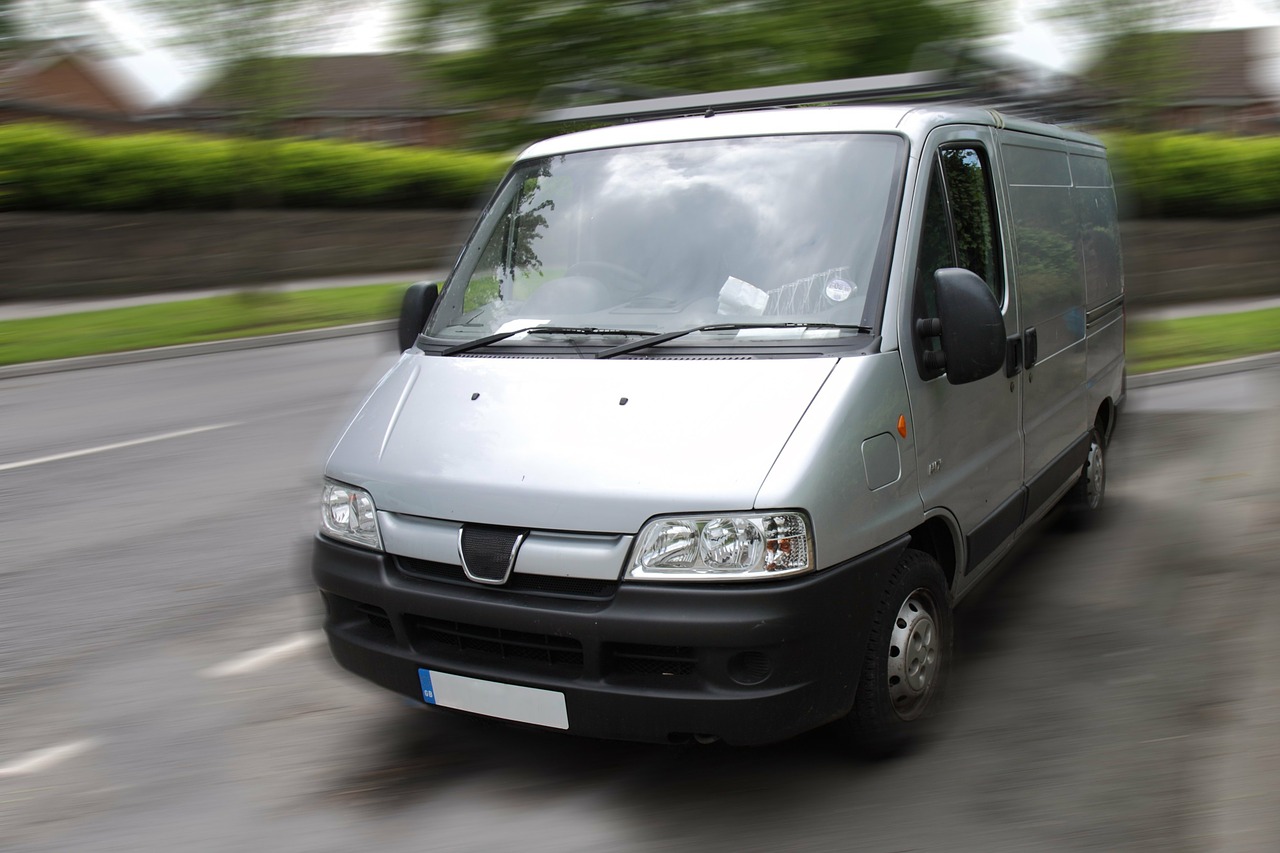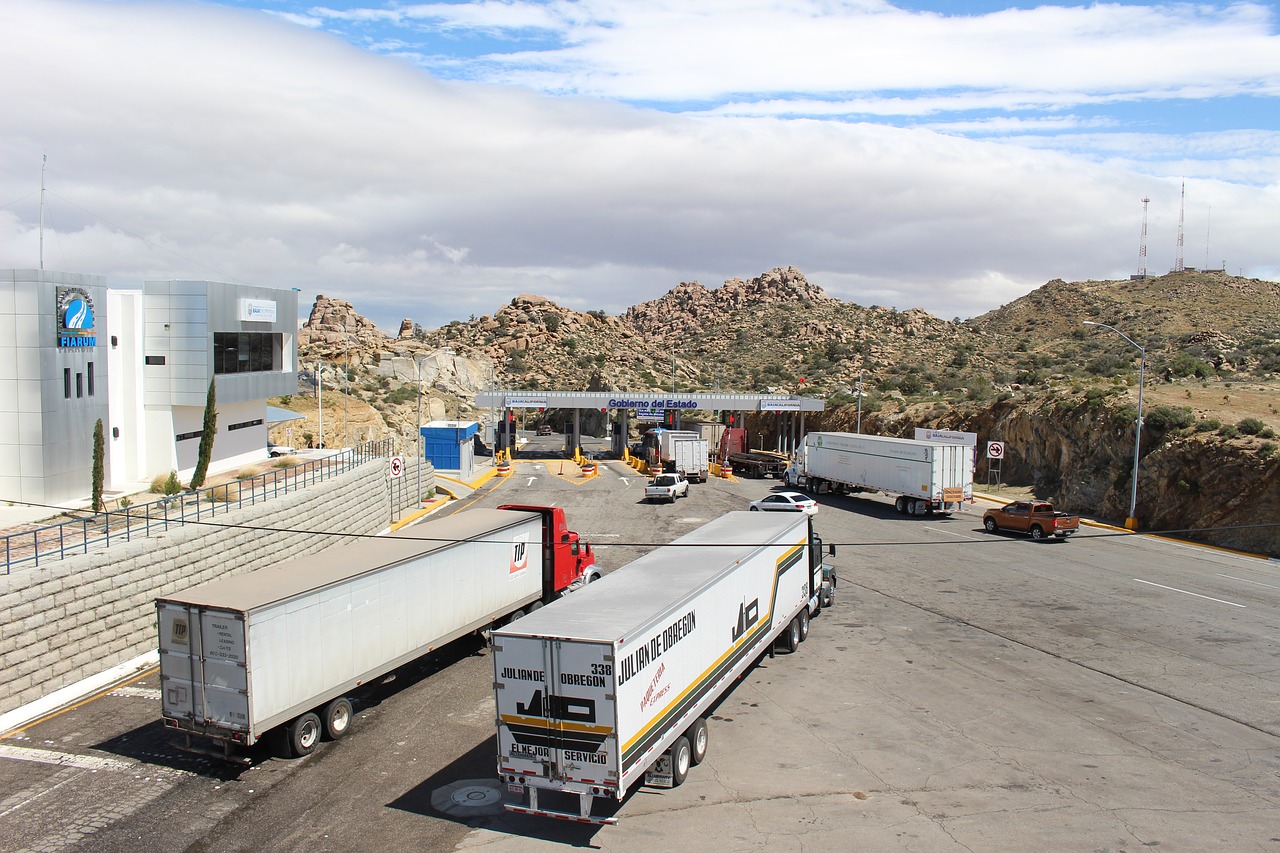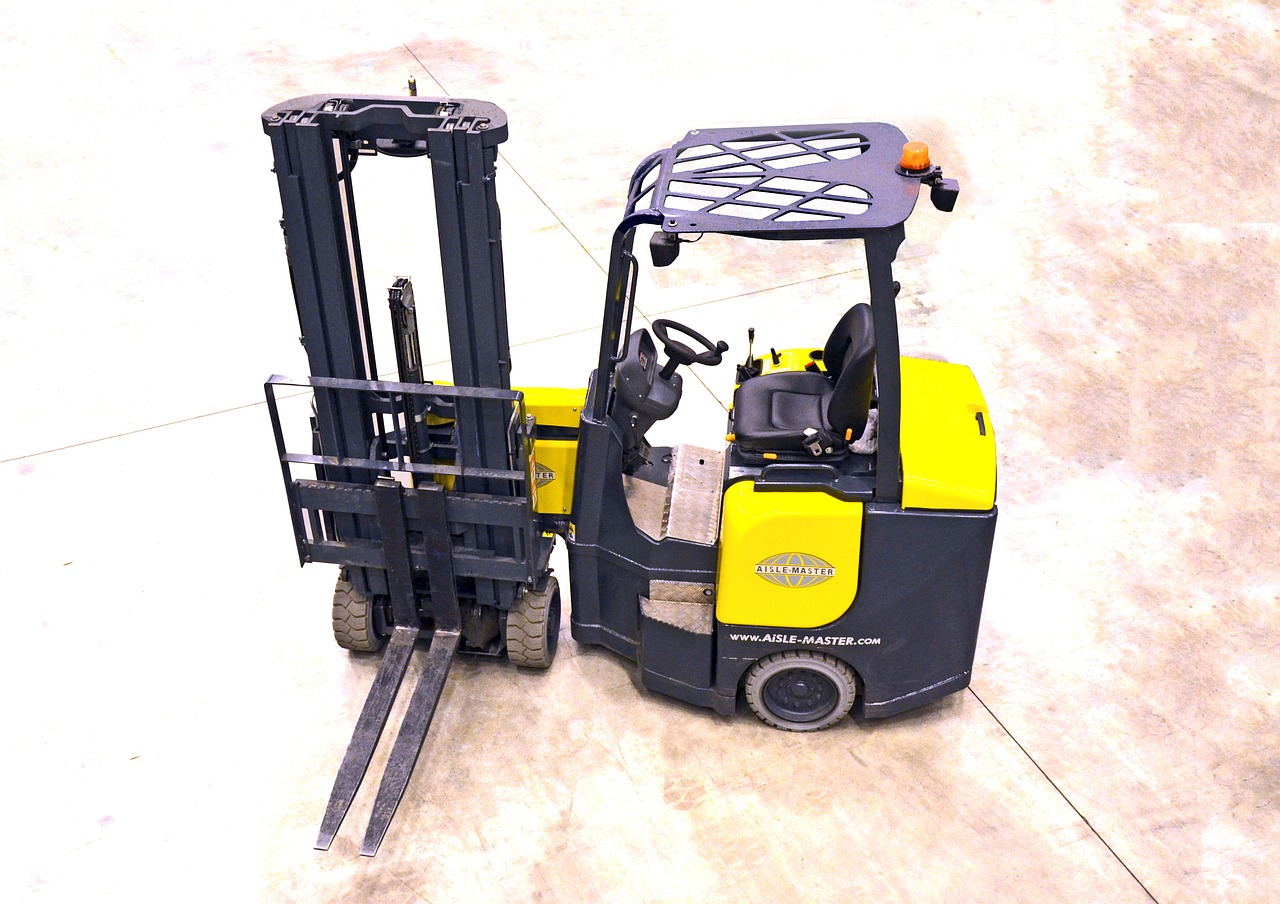Can You Take Section 179 Deductions on Vehicles?
Are you thinking of purchasing or financing a new or used vehicle for your small business? Maybe you’ve already bought a new vehicle this year. If this is the case, you may qualify for a tax benefit. The Section 179 tax deduction is a great way to save you some money. That’s because it lets you deduct all or part of the vehicle cost in the first year it’s purchased and placed in use, as long as your vehicle qualifies!
When it comes to purchasing a vehicle, there are some questions you’re going to want answers to before making the purchase. It’s highly recommended that you consult a tax professional or an accountant to figure out if the vehicle you’re looking to buy qualifies for a Section 179 vehicle deduction and, if so, what amount.
There are many ways to take advantage of the Section 179 Deduction. One popular way has been by buying vehicles for business purposes. You may have heard it called the “Hummer Deduction” or “SUV Tax Loophole” a few years ago because, at that time, you could write off a large SUV purchase with this tax deduction.
Since its inception, the Section 179 tax code has been modified with new deduction limits and rules. However, purchasing vehicles for business purposes can still be advantageous in terms of tax benefits.
While most business-use vehicles qualify, certain passenger vehicles have a deduction cap of $12,200. However, other vehicles are not likely to be used for personal reasons that qualify for the full Section 179 deduction of $28,900.
Which Business Vehicles Qualify for the Section 179 Deduction Tax Breaks?
The IRS is always updating its guidance for Section 179 deductions, sometimes issuing new rules or clarifications about allowable expenditures and depreciation when it comes to company vehicles if they are also used in a personal capacity. Understanding these changes could affect your own business vehicle deductions as well!
In most cases, heavy SUVs, trucks, vans, and passenger vehicles are some of the most common business-related vehicles that qualify for the Section 179 tax deduction and bonus depreciation. If they’re used at least 50% for work purposes, you can enjoy the tax benefits!
Below we’ll discuss the types of vehicles that qualify for Section 179 deductions, and then further on in the guide, we’ll discuss any rules and considerations that we must consider.
The Following Types of Vehicles Qualify for Section 179 Deductions:
Smaller Business Vehicles:
Smaller vehicles are used by millions of small businesses across the U.S. and can include:
- Vehicles that weigh below 6000 pounds, such as passenger cars, crossover vehicles, SUVs, and small utility trucks.
- Vehicles with passenger seating of nine-plus behind the driver’s seat, such as limousines and airport shuttle vans/transport vans.
- Vehicles with:
- A driver’s cabin/passenger area and rear compartment cargo area that is fully separated.
- No passenger seating anywhere behind the driver’s seat.
- No part of the vehicle’s body section extends more than 30″ ahead of the windshield.
In most cases, the above bullets would describe a small cargo truck, pickup truck, or cargo van. In the first year they are put in service, small vehicles are allowed a $12,200 Section 179 deduction with a total of $20,200,100 using bonus depreciation.
It’s quite common that small vehicles are also personal use vehicles part of the time. In this case, your deduction would be proportionally reduced based on the amount of time the vehicle is used for business and personal activities.
Heavy Business Vehicles:
Heavy vehicles are generally employed by larger businesses and can include:
- Vehicles that weigh at least 6,000 pounds and max out at 14,000 pounds.
- Can include SUVs, pickup trucks, and vans that weigh over 6,000 pounds.
- Forklifts, heavy construction equipment, tractor-trailers, and similar vehicles.
What’s the GVWR? It stands for Gross Vehicle Weight Rating, and it’ll be listed on your vehicle’s manufacturer label, usually right next to make, model features, and more.
The benefit of purchasing a heavy vehicle in 2023 is that the deduction limit for Section 179 has increased to $29,060, which is more than double what you can deduct for smaller vehicles. Let’s say you buy a cargo truck at a cost of $50,000 and use it solely for your small business.
The purchase would qualify for the $29,060 dollar limit Section 179 deduction. It would also be able to deduct bonus depreciation for the first year in the amount of $14,530, which is 50% of the non-deductible portion of the purchase price of the cargo truck.
All in all, your deductible amount on the $50,000 cargo truck would be $43,590 in the first year, resulting in a great tax break. However, there could be other rules that apply, so you should always consult an accountant and/or a tax professional to confirm.
What Are the Section 179 Tax Deduction Write-Off Limits?
The write-off dollar limits for smaller vehicles used for business purposes over 50% of the time, including the Section 179 deduction and bonus depreciation, are $11,300 for cars and $11,700 for vans and trucks in 2023.
Below are the exceptions to the above rule and may qualify for a $28,900 deduction:
- Taxis, vans for transporting people or property, and any other vehicles used primarily for transportation.
- Hearses, Ambulances, and Ambulettes that are exclusively used for your business.
- Vehicles that are not meant for personal use (those that have been extensively modified for business purposes)
- Other types of heavy vehicles and trucks with an area of at least six feet (people cannot easily access this area from the passenger space).
- Most vehicles with a gross vehicle weight rating higher than 6,000 pounds but less than or equal to 14,000 pounds are placed in service in the tax year purchased.
What Are Some Rules & Considerations for Section 179 Vehicle Deductions?
- The vehicle must be acquired and titled under the company name, not the name of any owner/shareholder of the company.
- The vehicle can be purchased outright, financed through loans, leased, and considered an arms-length transaction.
- The vehicle must be new to you and can either be a new or used vehicle.
- To qualify for the Section 179 deduction, the vehicle must be used for the business at a minimum of 50% of the time you use it. If you use it less than 100% for business purposes, you can only deduct the corresponding business use percentage.
- Proof that you are using the vehicle for business purposes is mandatory, so make sure you’re able to do so if you get audited by the IRS.
- Businesses can only claim section 179 deductions for the tax year that the business vehicle is placed in service.
- If you used a vehicle for personal purposes and then converted it into use for business purposes, it doesn’t qualify for the deduction in a later year.
- The Section 179 deduction can’t be greater than net taxable income.
- The deduction on business vehicles is the same regardless of the purchase method, leased or financed with a qualified Section 179 Vehicle or Equipment Financing.
IRS Guidelines for Section 179 Vehicles Are Ever-Changing
It’s important to understand the difference between business and personal use before deciding where your Section 179 deduction falls. For instance, Instructions for Form 2106 explain business vs. personal use in detail! They also provide instructions on depreciation deductions and amortization with form 4562 if that’s more what you need. As always, talk to your tax professional for answers about the Section 179 deduction, particularly concerning vehicles, to determine what your possible expense deduction and tax savings could be.

















